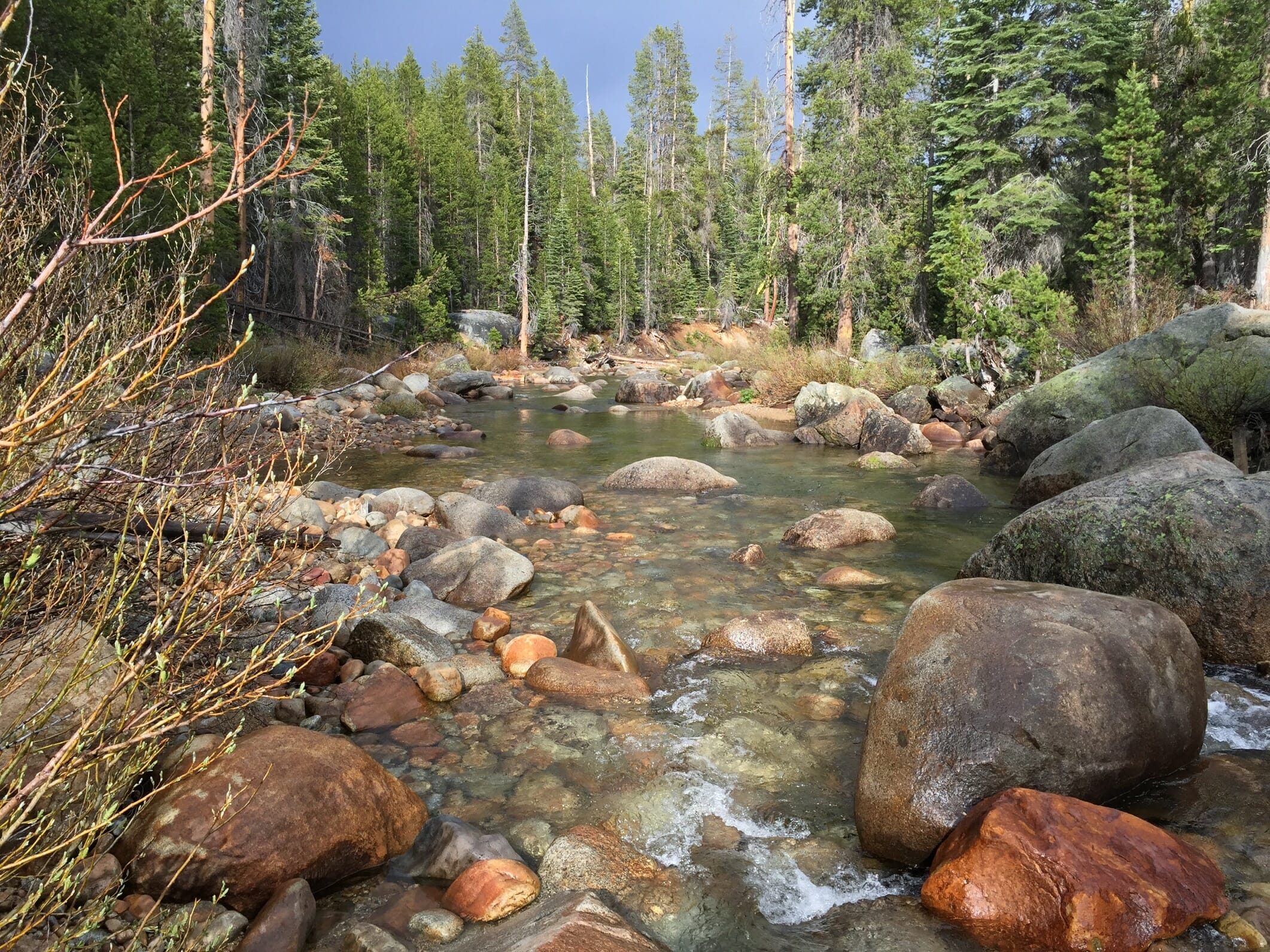What does EPA’s suspension of the 2015 Clean Water Rule mean for water quality, trout streams and anglers?
After several rounds of litigation, the U.S. Environmental Protection Agency announced yesterday that it has finalized a rule that will suspend the 2015 Clean Water Rule for two years.
Two weeks ago, the Supreme Court unanimously ruled that district courts across the country—not the circuit courts—should be the first to hear the merits of cases regarding the 2015 Clean Water Rule. Yesterday’s suspension rule slams the door shut for two years– unless a court overturns it—on implementation of the 2015 Clean Water Rule, and enjoying its benefits to fish and cold, clean water.
EPA claims the suspension was needed to avoid confusion in the regulatory community. This is clearly misdirection—the Clean Water Rule clarified that federal Clean Water Act protections apply to smaller tributary streams that may flow intermittently. Such headwater streams comprise over 60 percent of all stream miles in America and provide crucial spawning and rearing habitat for salmon, steelhead, and trout. They also provide drinking water for one-third of Americans. After two Supreme Court cases in 2001 and 2006 created confusion around the Act’s protections for such streams, conservationists and industry alike called for clarification on this issue—the 2015 Clean Water Rule specifically provides that clarification and reasonable protections for the Nation’s headwater streams and wetlands.
EPA has promised to unveil a proposal this spring to “replace” the 2015 Clean Water Rule with an interpretation that could eliminate clean water protections for headwater streams and millions of acres of wetlands. Such a proposal would likely be illegal, have no basis in science, and could be disastrous for our nation’s waterways.
EPA’s suspension rule is yet another reminder that this issue is far from resolved, and that sportsmen and women must stay actively engaged to ensure our streams and wetlands are protected.
Whether this issue is ultimately resolved in courts, in Congress, or by the Administration, it is important for the federal government to get it right. Clean water is the most basic requirement of trout and salmon, and the people who fish for them. Gravity works cheap, and it never takes a day off. To be effective, the Clean Water Act must be able to require permits for polluting activities in headwaters and wetlands that flow downstream through communities to our major lakes, rivers, and bays. The 2015 Clean Water Rule is based on well-established science, legal precedent, and reasonable exemptions for agricultural producers as land stewards, and we expect the courts will eventually uphold its substance.
Since our founding in 1959, Trout Unlimited has worked to protect and restore water quality in streams across the U.S., and we will continue to defend clean water wherever it is threatened. EPA can suspend the 2015 Clean Water Rule temporarily but the agency cannot change the fact that clean water is a basic right and expectation of every American. Hundreds of thousands of sportsmen and women around the country support water quality protections for our trout streams and water sources, and regulatory certainty for water users and landowners—and we expect EPA, the courts, and Congress, to do the same. TU will continue to work tirelessly for a Clean Water Rule that gets it right, no matter how many the obstacles or how long the fight.



